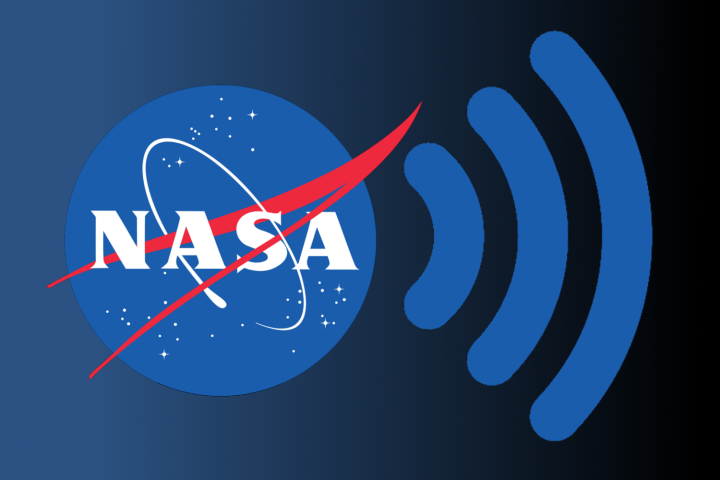
Now, a team of scientists from UCLA and NASA’s Jet Propulsion Laboratory in California have collaborated on a chip that could well help chart the next step in the development of Wi-Fi. The new chip apparently uses around a thousand times less power than conventional means, according to a report from Hexus.
This enormous reduction in power consumption has been achieved by omitting the standard transmitter component. Instead, the chip uses the principle of reflection — data is encoded in a binary format, where the two states are represented by energy being absorbed by the circuit or reflected back.
The one drawback to this system is that it requires higher power consumption than normal on the other end of the transfer. However, given that it’s intended for use with wearable devices, that wouldn’t seem to be too much of a problem. The router supplying a network connection would likely be plugged into a power outlet regardless.
The capabilities that this kind of chip could afford to wearable devices could massively broaden the horizons of their functionality. Based on tests transferring data at 330Mbps over a distance of 8 feet, it’s expected that the chip could receive a HD video file in a matter of seconds. While NASA will likely make proprietary use of this technology first, it’s anticipated that it could be integrated into consumer products somewhere down the line.
Editors' Recommendations
- How to change your router’s Wi-Fi password
- Your next phone could get a huge 5G upgrade, thanks to AI
- How to get Wi-Fi access anywhere at any time
- These are the apps people use the most on in-flight Wi-Fi
- MediaTek just made Wi-Fi 7 a lot more exciting


